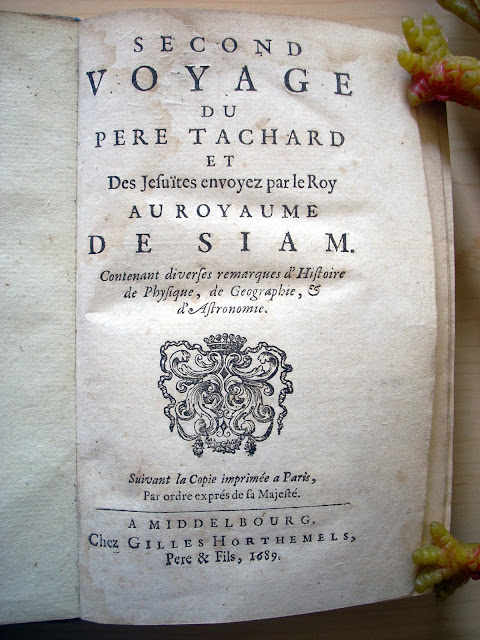
There are only a few pictures of Hannibal's elephant army in the Polybius volumes I have been scrutinizing at the library where I work in San Francisco. But at least we do get to see several ancient elephants (below) in the act of crossing a Roman river. Apparently some of them could swim and others couldn't.




A fold-out map traces the route taken by Hannibal and the army and the elephants over the Alps.


And here (from a safe vantage) we observe a line of elephant-cavalry facing off against a corresponding line of horse-cavalry with files of foot soldiers behind them on a wide hospitable plain. I suspect the strict alignment presented for our admiration reflects 18th century ideas of proper warfare (when the engravings were created) more than any truth about how such things were actually conducted in the ancient world.











































